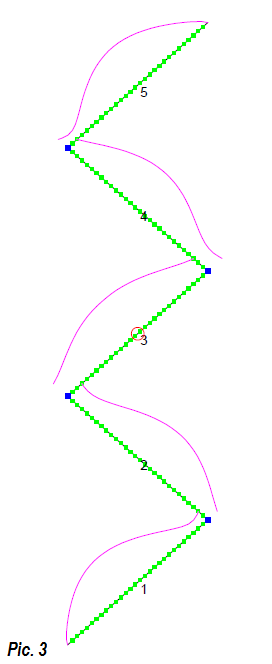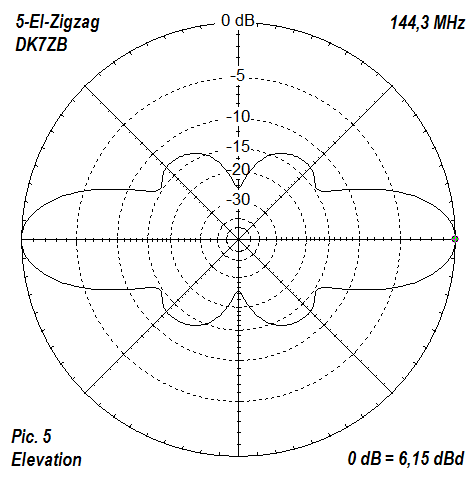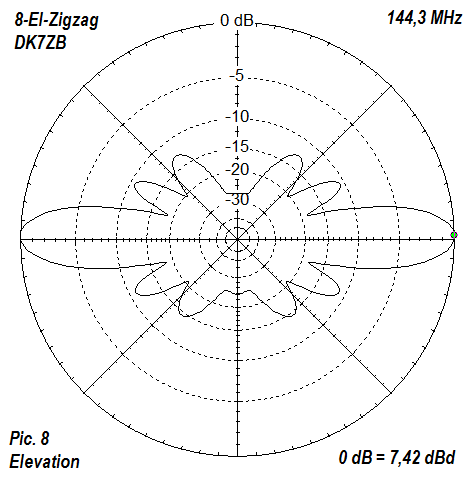 |
Theory of the Antennas For this, let us look first of all how normal stacked Dipoles for horizontal polarization change their impedances (Figure 1). Taking the normal length of a dipole for 145 MHz (impedance 72 +/- j X 0 Ohm as basis, then the impedances shown there are modified. The reason for the other data is easy to see. The immediate proximity of further resonant dipoles results in considerable feedback on the radiation resistors, in the real and imaginary part. The two inner dipoles each have two neighbours, the outers only one and the free space. This explains the greatly different impedances. The necessary length corrections for a real radiation resistance without blind parts is the easier exercise. In addition, the stacking cables for the four feed points with different impedances need to be executed to be added to a connection point of 50 Ohm. Because of this, I have been looking for simpler solutions to get along with only one feed point. One possibility is the use of stacked oblong loops, as described in [1] and [2]. However, it should also be possible to find a simplified arrangement for stacked dipoles. If you search for "zig-zag" or "Zick-Zack" antennas in the Internet, you will find a different definition from that described here. This refers to antenna shapes which allow a spatial shortening for the construction in the short-wave range for half-wave emitters or long-wires through this particular arrangement. This shows a certain relatedness to fractal antennas and has nothing to do with the stacked arrangement of half-wave dipoles presented here. I found the basic idea of the stepped dipole line in zig-zag arrangement on a Ukrainian website [3]. It was probably more common in the Russian aerea as a "snake antenna" with 5 sections earlier. With EZNEC [4] I have calculated different versions with and without reflectors and also built up practically. In addition, two different types were tested for feeding. For this purpose the sections are simply stacked at 45 ° to the axis. The original description refers to a version with vertical polarization, 5 dipoles and central feeding. At the opening angles, however, horizontally polarized arrangements are significantly more useful.
|






